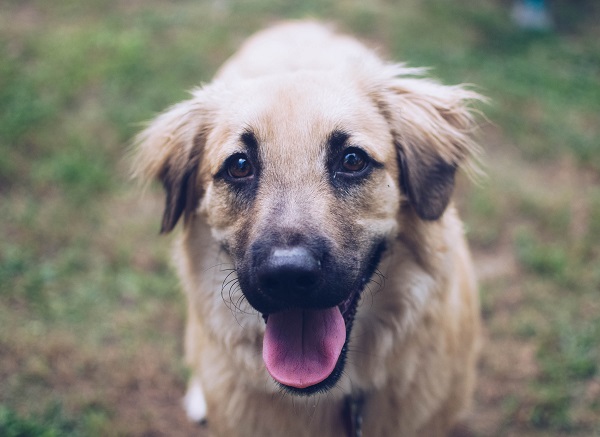
Dogs pant to regulate body temperature, as dogs have fewer sweat glands than humans, and most of their sweat glands are located along the base of their feet. By panting, a dog can cool the mouth and tongue, along with blood which is circulated through the head, keeping their body temperature at a safe and normal level.
Although dogs pant to control escalating temperature, they cannot protect themselves against extreme heat, and pet owners should carefully monitor their animals during warm weather to prevent heatstroke. This article explains several ways to keep your pet safe during summer heat. When dogs pant heavily during hot weather, it may be a sign of distress. The classic mouth open, tongue lolling posture adopted when dogs pant helps to cool the mouth and tongue, but it also provides a draft of cool air to the major blood vessels of the head, which surround the nose. Dogs pant to cool these blood vessels, keeping their brains from overheating and to also circulate cooler blood through the rest of the body.
The large surface area of the tongue provides a lot of area to cool through evaporation, which is why dogs stick their tongues out when they pant. Panting also cools the respiratory system through evaporation, although sometimes dogs pant so rapidly that they start to hyperventilate, which can be dangerous. The normal body temperature for dogs, hovers between 101-102 degrees F. A temperature difference of merely three degrees, to 105 F can lead to the early signs of heatstroke. At this point, even if dogs pant, they may not be able to control their rising body temperature. At 108 F, dogs can suffer from major organ damage and death if the condition is not addressed immediately by a veterinarian. Dogs pant after heavy exercise and during warm days, and this is entirely normal. Pet owners should watch out for other signs of heatstroke, which include accelerated or abnormal breathing and heart rate, a dry mouth and nose, heavy drooling, seizures, and pale or extremely dark gums.
Make sure that your dog has access to plenty of fresh, cool water, along with shade, and never leave an animal in a car, even for a minute, as temperatures inside cars can rise very rapidly. If your dog is demonstrating symptoms of heatstroke, cool him or her down immediately with cool or tepid water, and ice packs behind the legs, where large amounts of blood circulate. Offer your dog cool water, but not too much, and do not cover your dog, as this traps heat. Bring the dog to a veterinarian as soon as possible for additional treatment, as some of the signs of heatstroke will only manifest after it is too late, and only quick professional attention will save your dog’s life.
Related Articles & Free Email Newsletter Sign Up
How Humans Developed a Successful Partnership with Dogs
Stress-Busting Tips For Your Pet and You




Comment here